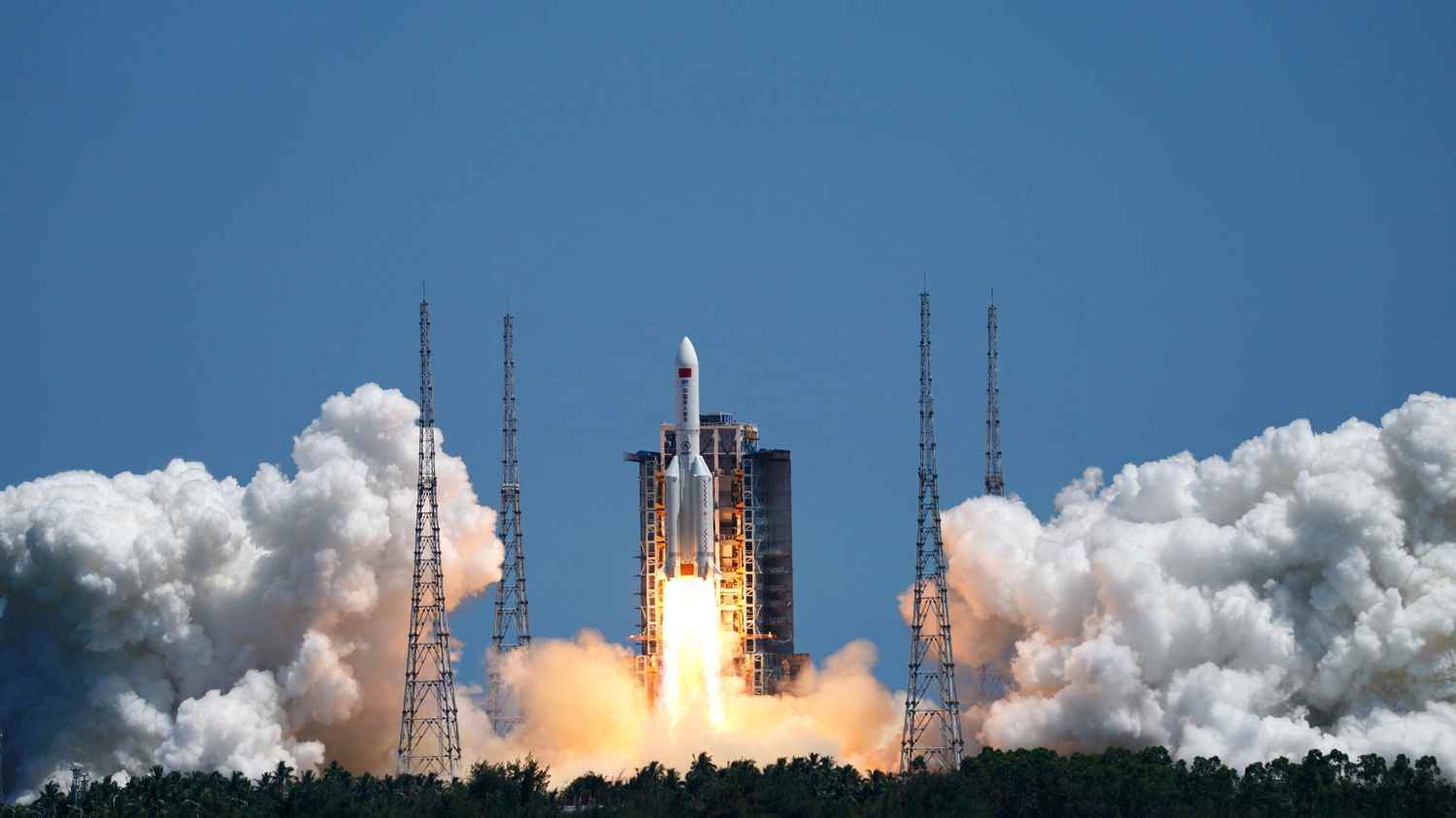On Sunday July 24, China launched into space the second of the three modules of its space station under construction. A week later, a question arises: where did the machine named Wentian, about 20 tons and without an astronaut on board, go, which was propelled from the Wenchang launch center on the tropical island of Hainan? L‘US Space Command would like to know. Asked by CNN (in English), this United States joint command in charge of space operations believes that the launcher could fall back to Earth “hasearly next week”.
For his part, Holger Krag, the head of the Space Debris Office of the European Space Agency, mentions a date “around 1st of August”. Him assesses the rocket’s re-entry zone “between the 41st parallel north” (i.e. the latitude of Madrid or Naples in Europe) and “the 41st parallel south” (i.e. the one that goes all the way to the south of Africa). Metropolitan France therefore seems to have been spared.
“Although they disintegrate upon entering the atmosphere, many pieces, some quite large, will reach the surface”anticipates, still on CNN Michael Byers, professor at the University of British Columbia. However, the specialist space debris evoked “an extremely minimal risk to humans” and ground infrastructure. Only fear according to him: “That larger pieces may cause damage if they land in populated areas.” Very logically, the more waste there is, the more likely it is that some will end up on the ground.
This is not the first time that China has been criticized for its handling of space debris. Last year, the remains of one of its modules on a similar rocket ended up in the Indian Ocean, near the Maldives, ten days after launch. NASA said Beijing did not have “respected responsible standards”.
But in the study recently published in Nature Astronomy, the researchers do not hesitate to point out that the Chinese are not the only ones at fault: “In 2016, the second stage of a SpaceX rocket was abandoned in orbit. IIt returned a month later over Indonesia, with two refrigerator-sized fuel tanks reaching the ground intact.
